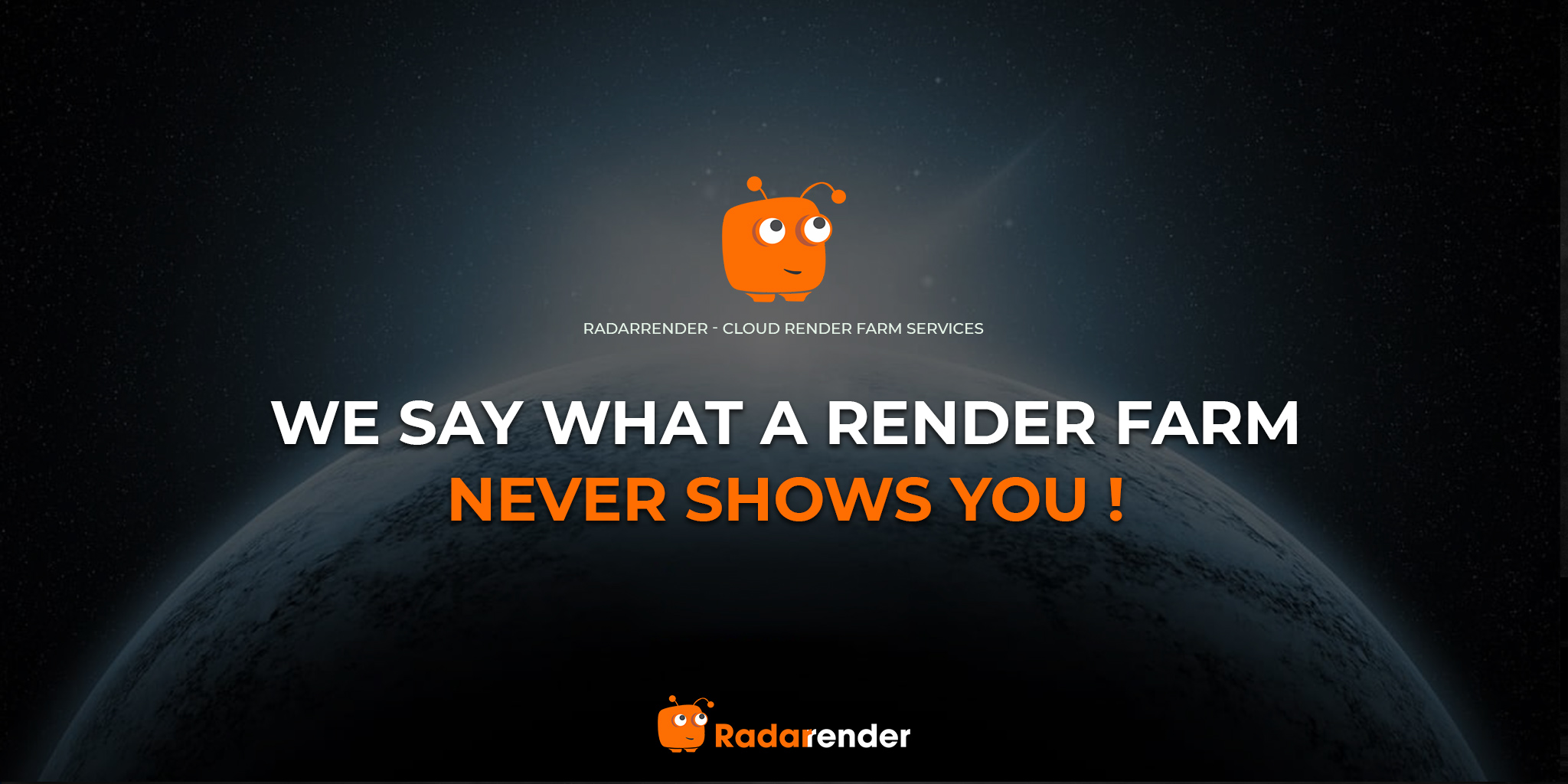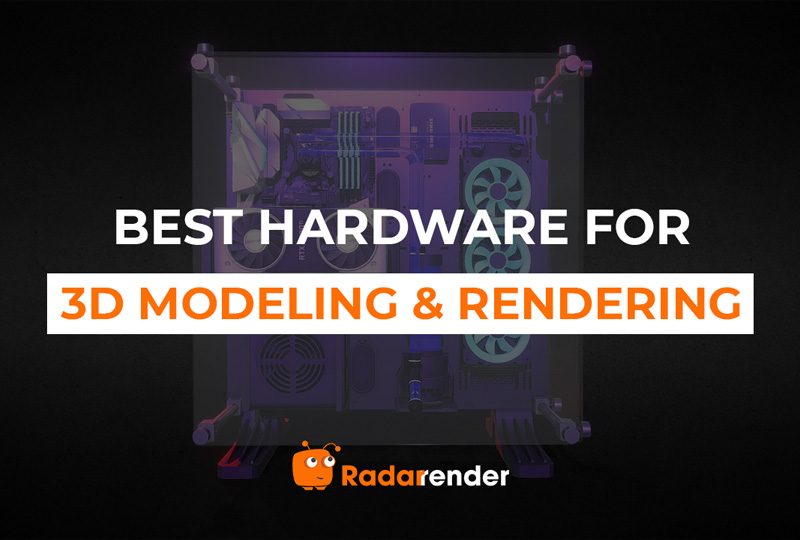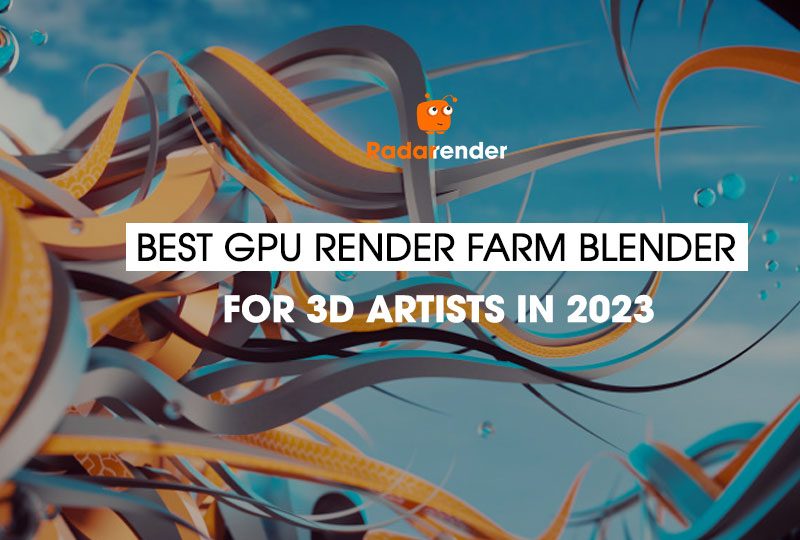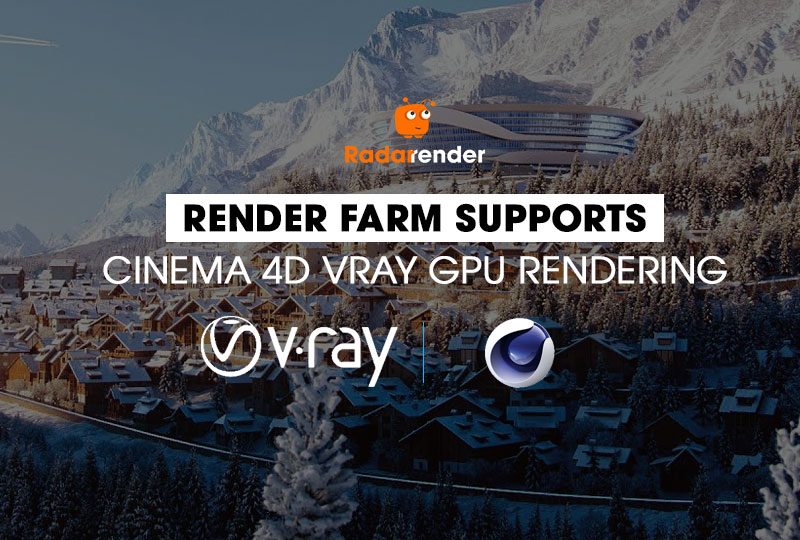
Frequently Asked Questions About Render Farms
If you hear about render farm and have some questions about this concept, what do you say? In this article, Radarrender will answer some popular questions about render farms. Let’s get started!
1. What is a render farm?
A render farm is a host of computers utilized for the calculation of computer-generated images. It’s mainly used to create 3D scenes, animations, or architectural visualizations.
2. How fast are render farms?
Since a render farm has many render nodes, the frames of a 3D project can be calculated simultaneously on these nodes. A render farm can be 10 or 100 times faster than a personal computer.
3. How much time can you save with a render farm?
Imagine if you have a 5-second animation scene running at 60 single frames per second and assume it’s a complicated scene taking 1 hour to render a single frame. A personal computer needs a total of 300 hours to calculate 300 single frames. While on a render farm, 100 computers/render nodes can be used for rendering that project in just 3 hours. So 300 hours or over 2 weeks of rendering can shrink to 3 hours.
4. What types of render farms?
Generally, there are two types of render farm providers. Rented computers in the cloud or Online render farm. Another distinguishing way is IaaS or SaaS render farms. The difference between these two renders farm providers lies in their ability to support different software, the extent of user access control.
Rented computers in the cloud:
- You get access directly to remote servers in a lot of configurations: virtual or bare-metal, depending on the provider. For example, AWS provides virtual servers, iRender provides bare-metal servers.
- You are allowed to take full control of the remote servers, render the project on your own and proactively customize the project.
- You can use any type of 3D software, application.
Online render farm:
- You just submit the project to a render farm provider and then receive the result after that.
- The render farm system renders the project with 10 or 100 render nodes. You cannot control and customize the project while rendering if there’s something wrong.
- Depending on the render farm provider, there is limited software supported. Lumion, for example, is not available on online render farms but is supported on cloud rendering services like iRender, or Cloudalize.
5. Why do you need a render farm?
Using a render farm has many advantages, out of which speed, convenience, cost-effectiveness, and risk minimization are the most important ones.
- Speed: A render farm provider offers up to thousands of render nodes with powerful CPUs and GPUs. The rendering process is much faster, so it could definitely save your time.
- Convenience: You can render the 3D project anywhere, from home, office, or other location. Besides, your computer is free to use for other tasks while the project is being rendered at the render farm.
- Cost-effectiveness: It would be much more cost-effective for some huge projects when compared to a self-built render farm. You only need to pay for what you use to the render farm provider, instead of spending too much money for hardware investment, maintenance, or hiring people to manage it.
- Risk minimization: Your computer can overheat and shut down or even break while rendering. Or the project is canceled due to a power failure or not meet hardware requirements. Render farms are recommended to avoid these situations. Even when a machine of the render farm is crashed, the rendering process is still running by moving to another machine.
6. How does a render farm work?
Online render farms:
- You send the project to the render farm. Depending on the provider, you can submit the project directly from your 3D software or upload it to the provider’s website.
- When the scenes checking is done (such as software version and renderer verion compatibility), on the farm, the scenes are distributed to various render nodes that calculate the frames. Once the rendering process is complete, you can download the results.
Rented computers in the cloud:
- You transfer the project to the remote server, do rendering setup and render.
- Once the rendering process is complete, you transfer the result from the remote server to your personal computer. (Use the server as if it were your personal computer)
7. How does the render farm pricing work?
GHz Hour:
Now there are many render farms showing their price per GHz hour or Core hour for CPU pricing. To build a price strategy by GHz hour, render farms calculate a sum of GHz hour from render nodes (or servers) you use. For example, a CPU Intel XEON E5-2670 v2 has 10 cores, each core has 2.5 GHz. The price is $0.004 per GHz hour. If you use the server having 2x Intel XEON E5-2670 v2, the price of 1 server/node/hour is 10 x 2 x 2.5 x 0.004 = $0.2/node/hour.
OctaneBench Hour:
OctaneBench is currently the most popular GPU Rendering Benchmark created by Otoy as a tool to define the general compute power afforded by any combination of graphics cards in a computer. The score is calculated from the measured speed (Ms/s or mega samples per second), relative to the speed Otoy measured for a GTX 980. A render node, for example, has 1x GTX 1080Ti, the Octanebench score is 192 and the price per Octanebench hour (OB hour) is $0.003. It means that the price per node-hour is: 192*0.003 = 0.576$/node/hour.
Server Hour or Render Node Hour:
The reasonable way to compare prices and render time among render farms for a given project is to check the benchmark on your own and compare the prices based on render nodes/servers. It means that some render farms such as iRender or AWS ec2, etc. When offering the IaaS model (Infrastructure-as-a-Service), transfer the control right to users, so users can get access to the remote servers and check whether the machine specs are exactly as what the render farm said or not, as well as benchmark the server hardware. This way is totally transparent and clear for customers while using render farm service.
Read more at: https://radarrender.com/how-the-render-farm-pricing-works/
8. Which render farm is the best?
According to Radarrender, top 5 best render farms 2021:
- iRender Farm
- Fox Renderfarm
- RebusFarm
- Ranch Computing
- GarageFarm
Read more at
Top 5 Best Render Farms 2022
9. Best render farms for CPU-rendering
A CPU (Central Processing Unit) render engine works to convert data input to information output as its core task as the control center of the entire computer. Being the first renderer available historically, CPU renderer has widespread usage and is basically the industry standard when it comes to rendering.
According to what we researched, used, and reviewed render farms in the world, there are the top 3 best render farms 2021 for CPU rendering:
- Fox Renderfarm
- RebusFarm
- GarageFarm
https://radarrender.com/best-render-farms-2021-for-cpu-rendering/
10. Best render farms for multiple-GPU rendering
GPU rendering enables to use of graphics cards for rendering in place of CPU, which can remarkably speed up the rendering process as GPUs are mainly tailored for quick image rendering. GPUs were born as a response to graphically intense applications that burdened CPUs and hindered computing performance. The principle of GPU rendering is running across multiple cores on multiple data, focusing parallel processing on one specific task while freeing up the CPU to emphasize different sequential serial processing jobs.
Radarrender has been using many worldwide render farms, then we review and rate the top 4 best render farms for multi-GPU rendering including:
- iRender Farm
- RebusFarm
- Fox Renderfarm
- Garage Farm
Read more at https://radarrender.com/which-cloud-rendering-services-for-multi-gpu-rendering/.
11. Best render farms for single-GPU rendering
Now, there are some well-known and widely used real-time render engines in the community that take advantage of a single GPU. For the business philosophy of some brand names such as Lumion or Enscape, the company orientations are mainly focusing on individual customers. They are aware that the percentage of individual customers namely freelancers, small 3D & architect companies, students makes up the large majority of the market, with over 70% of users. Render engines have been developed to serve the majority for faster rendering, single-GPU render engines were born to solve the timing issue at an affordable price.
Radarrender recommends the best render farms for single-GPU rendering:
- iRender
- AWS
Read more at https://radarrender.com/best-render-farms-2021-for-single-gpu-render-engines/.





